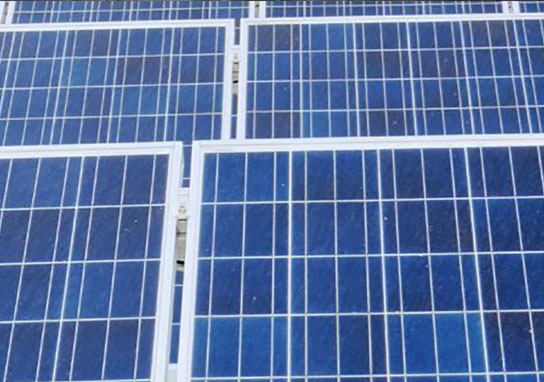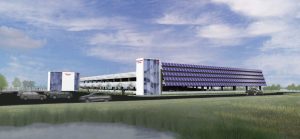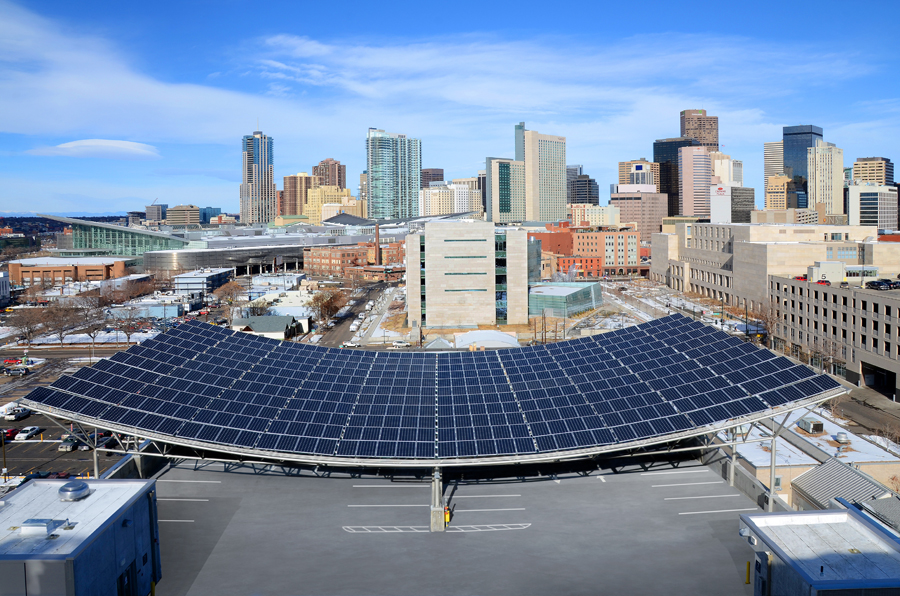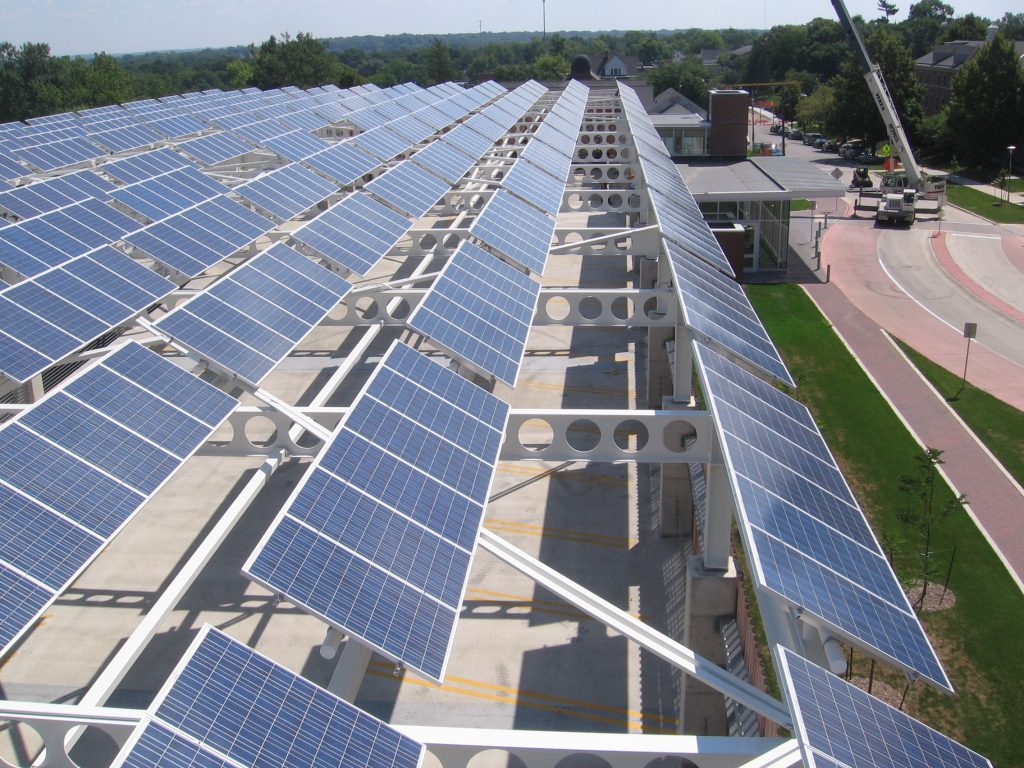The use of renewable energy sources is not a new concept to New Englanders.
For more than a decade Walker Parking Consultants has worked with numerous clients around the country to investigate and in some instances implement the use of parking garages as platforms for photovoltaic (PV) array systems. Early on, our client’s objectives in pursuing renewable energy systems were not well defined. Today we find our clients are more focused and proactive as it relates to the use of renewable energy sources and other sustainable practices. We are seeing three primary objectives for our client’s interest in incorporating renewable energy source systems into their new and existing parking structures. They are as follows:
-
Benefits of and compliance with corporate and/or public policy as it relates to the adoption of renewable energy sources and other sustainable practices.
-
Reduction of reliance on the public utility energy grids.
-
Reduction of operating costs.
In the last several years the economics of energy production through the use of PV arrays has significantly changed, due increased system efficiency, equipment/material cost reduction and the adoption of public/private incentive programs. In the case of PV systems mounted to conventional building roofs, it is now economically feasible to install systems and recoup the capital investment in under five years. After the initial investment costs are recouped, the owners and operators of solar power systems reap the benefit of reducing their electric consumption costs and, in some cases, generate revenue by selling power back to the public utility. The time frame for pay back of the initial investment for the PV systems is largely dependent on federal tax breaks and state incentives as well as the utility rate the building owner is paying for power in a given area. A good resource for researching public incentives on a state-by-state basis is http://www.dsireusa.org/
The capital costs associated with using a parking garage as a platform for a PV system typically involves more than the cost of the PV arrays and associated equipment. It usually requires the construction of a structural support system to mount the PV arrays above the roof level parking field. This adds a significant cost to the equation in determining period of time required to pay off the initial capital investment. Recent data from planned and constructed projects in this region indicates that PV system costs can be recouped in a period of 9 to 11 years. This is largely contingent on the incentives offered by the constituent state and the regional public utility. This is a longer payback period than is sought in conventional investment opportunities. However, the utility cost savings that are realized over a 25 to 30 year service life of the PV system, along with the other benefits, are making this investment practical for some. There are additional benefits beyond the reduction of power grid reliance, utility costs and the sustainable practice aspects. This includes the protection from sunlight as well as rain and snow that the PV array and framing system offers to the roof level and its parkers. In New England our winter weather can have significant impact on parking operations, both in terms of lost parking capacity and revenue, due to the storage of snow as well as the costs related to the clearing of snow after each storm.
In summary it is my opinion that the use of parking structures as a platform for photovoltaic systems is both practical and economically feasible in the New England region. Not all parking structures will be good candidates and each structure needs to be evaluated with respect to its orientation to the sun’s track, proximity to adjacent buildings/terrain that will block the sun exposure, and other considerations. Further, it should be noted that design and construction standards for these systems are not well defined in this region of the country. The quality of the design and its implementation is paramount to the safe, long-term and efficient operation of the PV array system. For that reason it is critical that both the designers and constructors of the system have the relevant experience, as well as the long-term interests of the owner/operator in mind. Contact me if you have any questions. christopher.brennan@walkerparking.com
Here are some Walker projects incorporating PV systems:




